Moore County residents made their voices heard at a Moore County Board of Commissioners Special Meeting on Thursday night. Sandhills citizens gathered in the Pinecrest High School auditorium at 5:30 p.m. to address updates to the Moore County Land Use Plan. The land use plan governs the development of the unincorporated regions in the county. The last updates were made in 2013.
Residents from Pinebluff to Cameron voiced their concerns about the county’s growth trajectory during the public forum. The meeting, aimed at gathering public input on the county’s future, saw every single speaker share similar apprehensions and sentiments about the impact of rapid development.
The commissioners emphasized their genuine want and need for the public’s input and the importance of the forum. The commissioners agreed they intend to “find a way forward that will work for everybody” and “to make this process more effective, we want to hear your thoughts. We really do.”
The gathering was described as a listening session, and all comments were recorded and would be considered in the upcoming updates and available online. Those who wished to share their thoughts were welcome to do so by signing up to speak, adding a note to the county’s vision board, or submitting a comment card.
In a crowded auditorium, 23 public speakers presented a collective concern about the pace and extent of growth in Moore County. Every resident who spoke succeeded in being non-accusatory and presenting well-thought-out arguments.
The sentiments expressed by the residents generally centered around preserving the rural and agricultural character of the county and how to move forward with “inevitable growth” in a way that would most benefit the county.
Speakers came from all walks of life and all ages, including (but not limited to) veterans, teachers, a biologist, Miss Moore County Agriculture, and farmers who have lived in Moore County all their lives.
A recurring theme among the speakers was the growing desire to reign in suburban expansion, with concerns about the potential consequences of unchecked growth on traffic congestion, water supply, and overall quality of life.
Speakers noted a growing distaste for “cookie-cutter” suburban houses with similar designs on increasingly small lots. It was acknowledged that though the community will continue to grow, possible solutions could include growth in targeted areas, more even distribution of new community additions, renovating old structures rather than razing them, and more “charming” architectural decisions.
Nicholas LaSala from Moore Family Farms was present to advocate for balanced growth that preserves the county’s ambiance and heritage. “We want to pass lands to our heirs for continued life, not parking lots,” said LaSala, “and cities have limits for a reason.”
Soon thereafter, biologist and conservationist Jeff Marcus approached the podium. He stressed the importance of protecting natural resources, including the coveted longleaf pine forest, and emphasized the need for ordinances and utility plans to consider the community’s best interest.
Affordable housing and rising rent costs were also touched on, with one speaker — a Moore County teacher — expressing concerns about housing costs affecting educators’ ability to live in the county. “For Moore County to thrive, we need good schools,” the speaker said to the commissioners. “We need to have affordable housing for people from this county who grew up and work in this county. We have lots of people who need to live here who can’t afford that.”
Another speaker, in the midst of voicing her concerns about overcrowding, gridlocking traffic, and rampant deforestation, also noted the school system’s alleged failure to keep up with growing demand. “Apartments and subdivisions keep coming up, but what about schools?” she asked. “There are thirty students in one classroom, with one teacher and no bus drivers.”
As a possible solution to having more Moore County voices heard, one woman approached the podium and suggested finding ways to get more residents involved in the community’s future. “Growth is coming, it’s inevitable, we know,” she started, “but is there a way of getting more people involved? I think we have all touched on a lot of similar points: the clearing [of trees], the traffic, the planning. How do we get involved? How do we reach out to younger people? How do we take the time that is needed to make these things rather than hurry the future?”
In their closing remarks, the commissioners each, in turn, thanked the community for their participation and assured the crowd that they sincerely wanted to hear the community’s ideas and feedback.
The county is planning future public forums.
Citizens may review the county’s current 2013 land use plan on the Moore County Planning Department’s webpage found at www.moorecountync.gov or by contacting (910)-947-5010 or (910)-947-6403 for assistance.
~Article and photo by Sandhills Sentinel reporter Abegail Murphy.


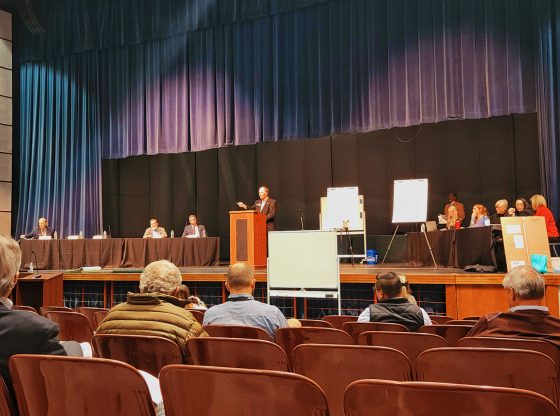

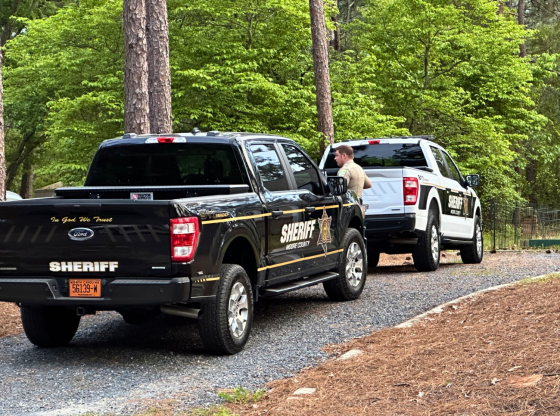
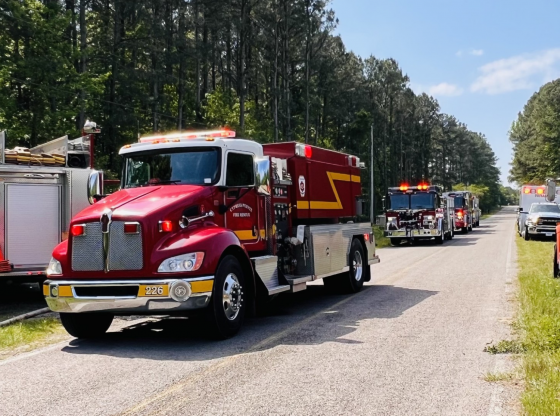

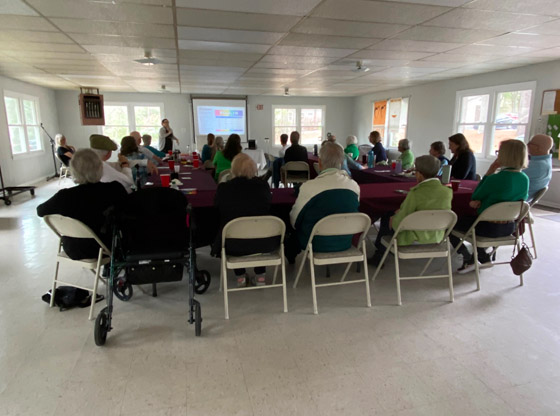
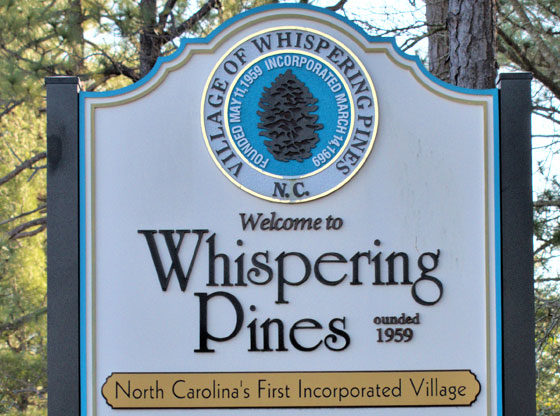


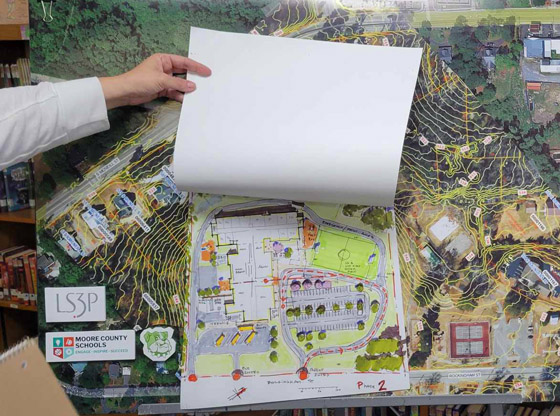

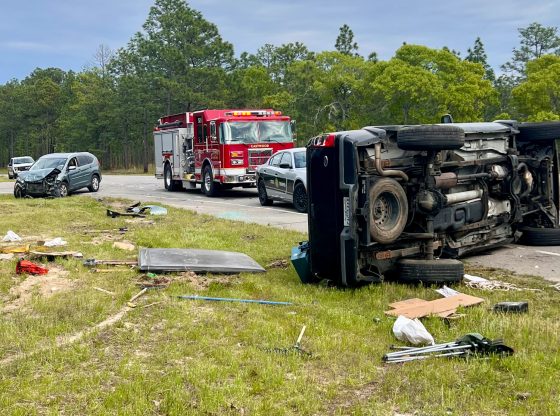


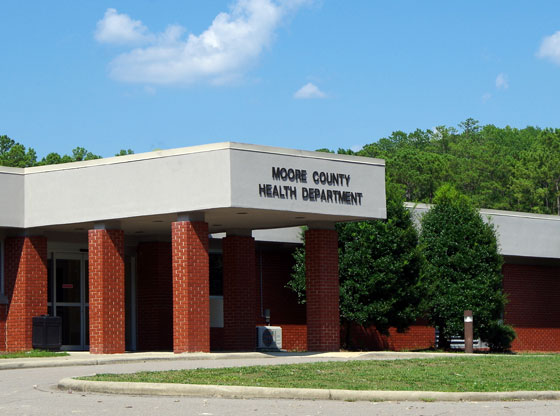

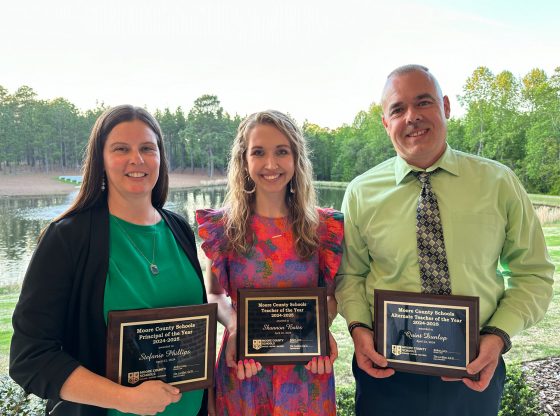
Comments
Comments are closed.